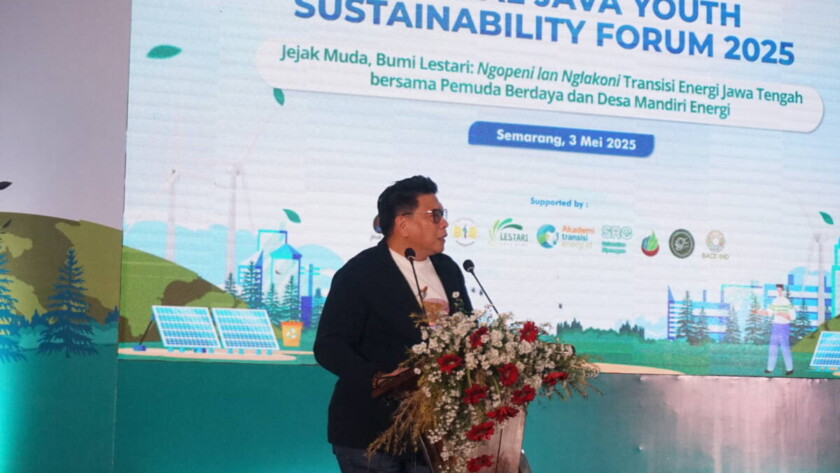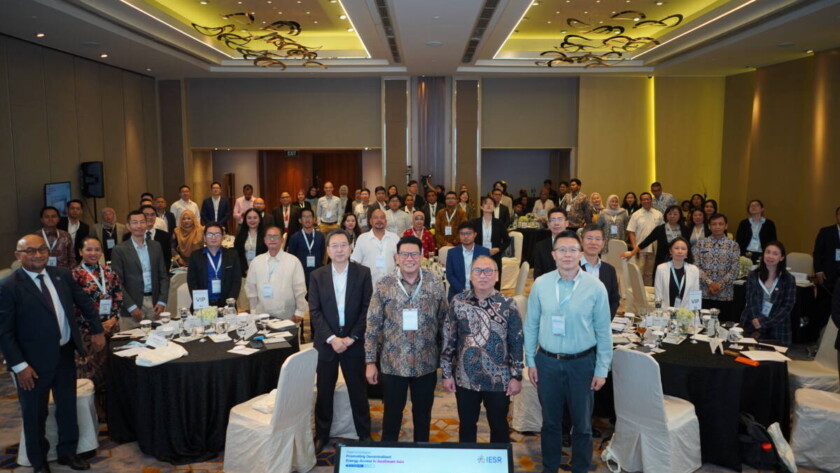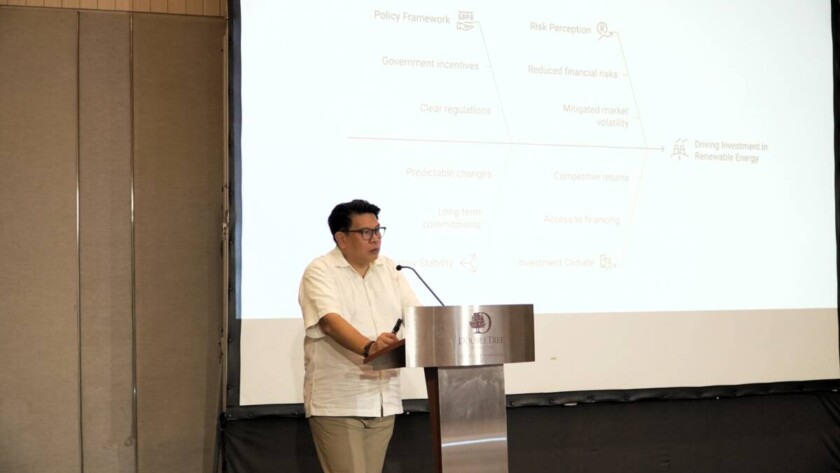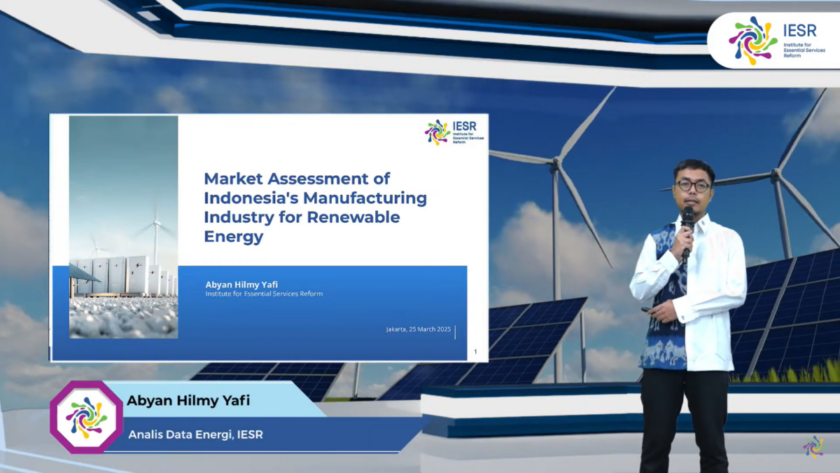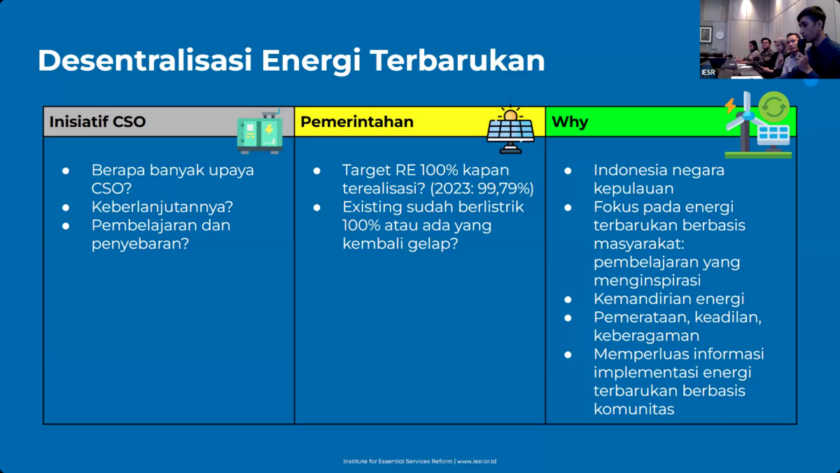Semarang, May 3, 2025 - Central Java, as a province rich in natural resources, culture, and human potential, faces major challenges in dealing with the climate crisis. Phenomena such as rising sea levels that erode the northern coast and extreme weather patterns that disrupt farmers' harvests increasingly show the real impact of climate change. These…
